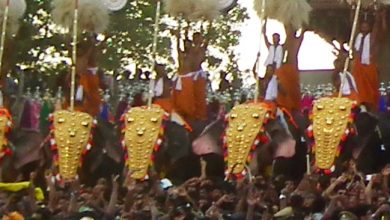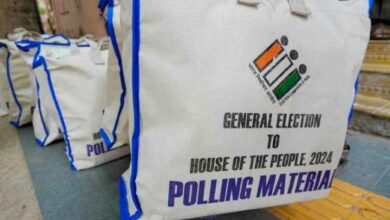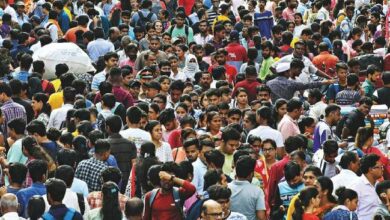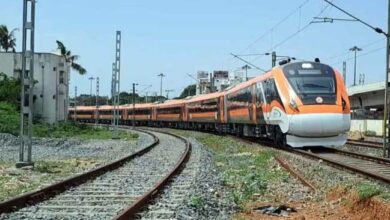Air quality (AQI) in Delhi has turned severe after Diwali celebrations
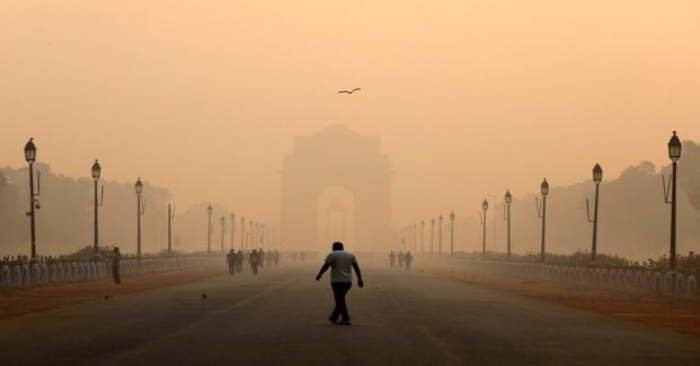
Air quality across the national capital turned ‘severe’ on Monday, a day after the Diwali celebrations. According to the System of Air Quality and Weather Forecasting and Research (SAFAR), the overall air quality on Delhi stands at 463 at 9 am. The AQI was 480 at Pusa, 436 at Lodhi Road, 735 at Delhi University, 397 at IIT Delhi and 460 at Delhi airport.
Delhi recorded “very poor” air with AQI of 390 on November 8, 2018, the day after Diwali. In 2017 it was “severe” with an AQI of 403 (October 20) while in 2016 the AQI was 445 the day after Diwali (October 31). The air quality had remained dangerously high for a week after Diwali in the previous years.
SAFAR had predicted that AQI will dip and enter “severe” category on Monday. In a statement, it said that wind speed direction and speed may help disperse the pollutants by the next day.
An AQI between 0-50 is considered good, 51-100 is satisfactory, 101-200 moderate, 201-300 poor, 301-400 very poor and 401-500 is marked as severe/hazardous.
In the run up to Diwali this year, the air quality has been much cleaner in comparison to days preceding the festival since 2016. Experts had warned that the real test will start after Diwali. On Saturday, a day before Diwali, AQI was 287 (poor) compared to 338 (very poor) on the festival’s eve last year. AQI on Diwali eve in 2017 was “very poor” at 302.
Authorities has sounded a “high alert” on Saturday and put banned overnight construction work. Coal-based industries were also shut till Wednesday.
This year, there were restrictions put on fireworks and only “green crackers”, with 30% fewer emissions than traditional ones, were allowed. Green crackers do not contain harmful chemicals like Barium.
Crackers can be burst only between 8pm and 10pm on Diwali, according to Supreme Court guidelines. The top court had in 2018 banned polluting firecrackers and ordered that only green firecrackers can be manufactured and sold.
Scientists from Indian Institute of Technology (IIT) Kanpur had recently said that the period between October 29 and November 12 will be the most crucial in the fight against pollution in the National Capital Region (NCR).

